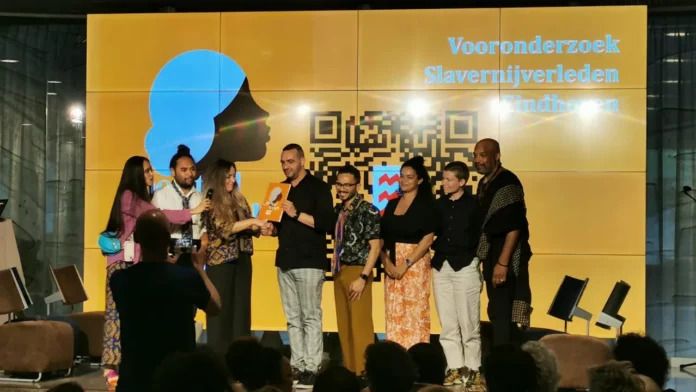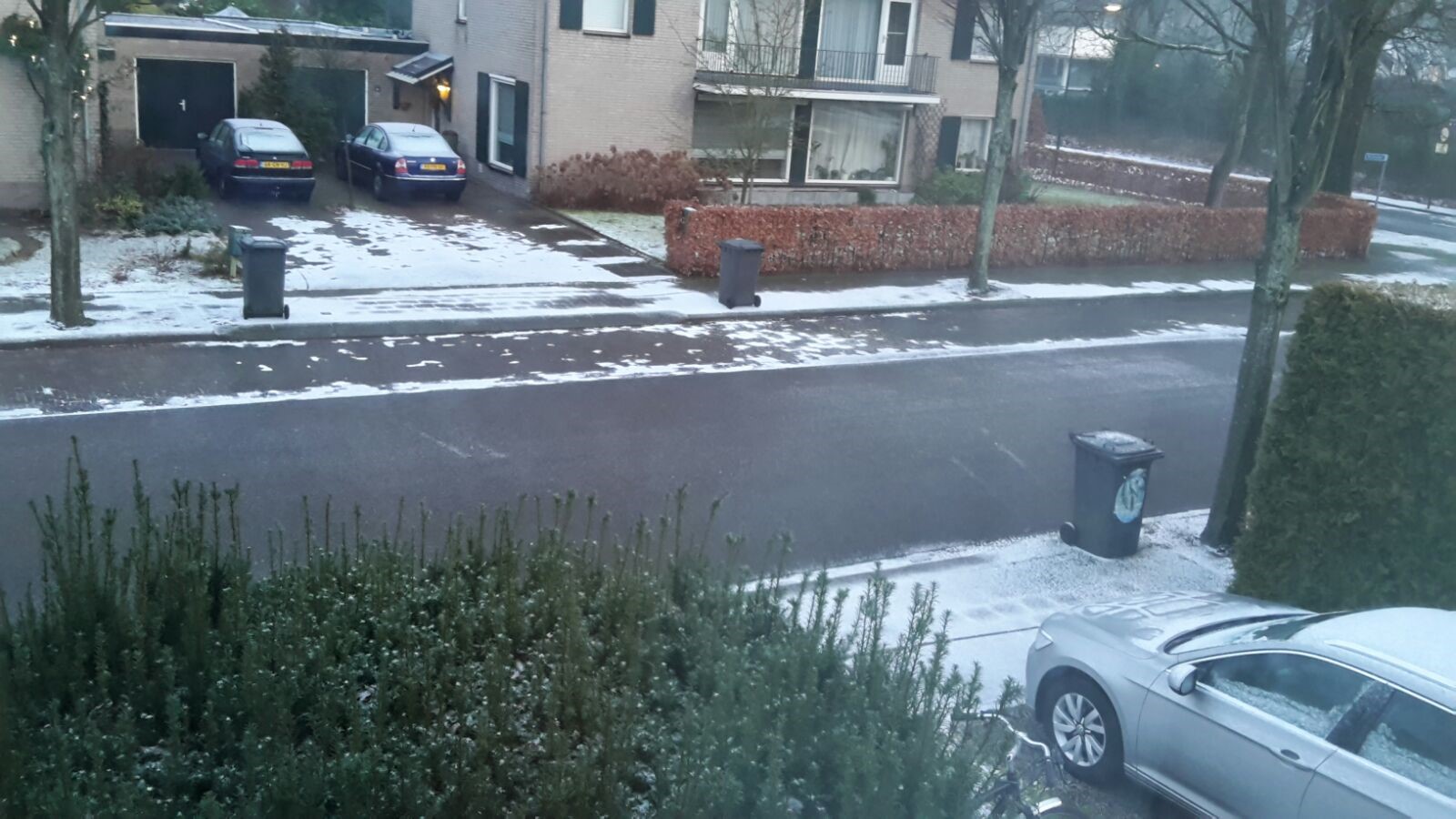The Eindhoven municipality was not structurally involved in the slave trade. The political subjugation of ‘Staats Brabant’, as Noord Brabant was called at the time, would have made this impossible. This is the preliminary conclusion of the investigation into this subject. Individual Eindhoven governors did have ties with the slave trade, however.
The findings of thi study were presented in the Eindhoven City Hall last Thursday. The report was handed to diversity alderperson Samir Toub. He is happy to learn that the first findings do not point at any involvement frm the city governance in the slave trade. What the report also shows, however, is that this lack of involvement is most likely due to the lack of power Eindhoven had at the time.
A bit of history
‘Beyond Walls’ researcher Suzanne Rastovac explained these findings. “It is all to do with the fact that Eindhoven as a Noord-Brabant city was part of the so-called ‘Generality Land’ (territory directly under the authority of the States General. at the time of the Seven Provinces).*
“Between 1648 and 1795 Eindhoven was part of Staats-Brabant had only 1,000 tot 1,500 inhabitants. They were really a subordinate city.” Unlike the other Dutch provinces, Noord Brabant was not represented in the highest authority in the land, the States General.
Staats-Brabant
Eindhoven was a small city* on the trade routes between Venlo and Antwerpen and Den Bosch and Luik, to which it owes its existence, the reserchers write. Staats-Brabant had no religious freedom, meaning that the Roman Catholic population could not practise their faith. They were also excluded from polticial office. “This meant that the elite at the time consisted of a small group of protestants,”says Rastovac.
The research therefore shows no structural involvement of the Eindhoven municipality in the colonial slave trade. “There are, however, some individual governors such as sherriffs, lawyers and notraries, together with other citizens in Eindhoven and surrounding area, who were in some way or other invoved in colonial affairs”, the report reads.
VOC
Some 90 Eindhoven citizens were in the service of the VOC [the united east India Company, ed.] As far as the researchers know, five Eindhoven citizens were employed as soldiers by the West India Company. “This indicates that the VOC and WIC were regarded as potential employers by the people in the city, possibly because of poverty or a search fir adventure”, the researchers say.
Textile industry
The researchers also conclude that the textile industry played a role in the slave trade because the linen manufactured in Eindhoven was shipped to the colonies. Further research should find who exactly profited from this trade.
Later, in the mid-nineteenth century, the prominent textile firm Smits en Zonen was responsible for the cotton grown on the cotton plantations in the southern United States. “In the southern United States the number of enslaved persons had tripled; three million of the four million enslaved persons were working in the cotton fields”, the researchers write.
Significance
Alderperson Samir Toub says he is happy with the findings. “It is a good thing that the research also provides us with some of the historical background of the city. It may be that institutional involvement has not been established, but there are other direct connections. This report relates to an acknowledgment of that period. For part of the Eindhoven polulation that is a significant theme.”
“This preliminary reserach has provided a starting point for a converstaion between Eindhoven citizens. The research was broad and Beyond Walls performed their task well. We will now see how we will proceed. In the autumn we will discuss the findings and decide which points need to be investigated further”, says Toub.
Expectations exceeded
Mpanzu Bamenga also attended the presentation. Bamenga, who was councillor at the time and is now a D66 member of the House of Commons, initiated the motion ensuring that the municipality commissioned the preliminary research.
“The results have exceeded my expectations. The report is extremely thorough and the results are specific. At the same time it remains bitter that, even with such thorough research, the perspective of the enslaved person is missing. They seem to have no voice”, Bamenga says.
City of Lights
“This is what we keep seeing today: people whose voices are not heard. It is also visible how systems continue to have ther effect: because certain people enriched themselves, they could invest, whereas other people were unable to enrich themselves and remained behind. Those who were treated as inferior based on their race”.
Bamenga thinks the research is a good foundation for further discussion about slavery. It will help Eindhoven to become a city where people are connected and where everyone’s talents are valued. I was touched by a woman saying this in a video shown at the presentation; Eindhoven as the City of Lights can truly bcome a City of Light”.
translated by: Greta
Source: Studio040, Silvester Klaasman
*1 The States General is the official name of the Dutch Parliament. At the time of the Seven Provinces, they ruled the so-called Generality Lands (territories that did not belong to any province) and they exercised supervision over the Dutch East India Company (VOC) and the West India Company (WIC). In 1579 seven provinces formed an informal confederation to oppose Philips II of Castille and Arragon, Naples, Sicily and the Spanish Netherlands.
*2 In the Netherlands, the name city does not relate to the size of a town but whether it has so-called ‘city rights’. Eindhoven was granted city rights by the Duke of Brabant in 1232.
















